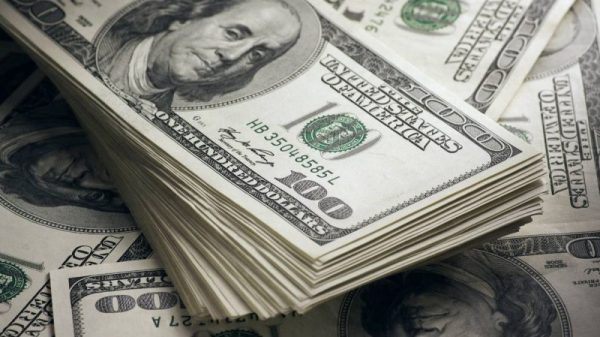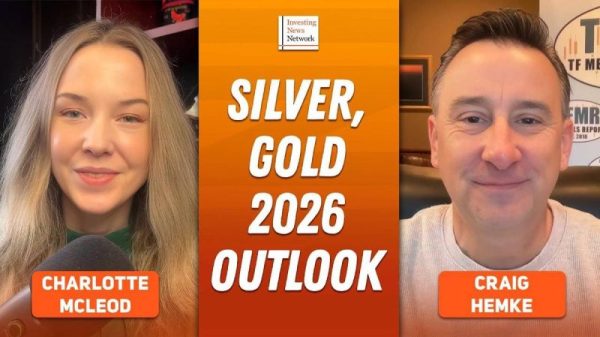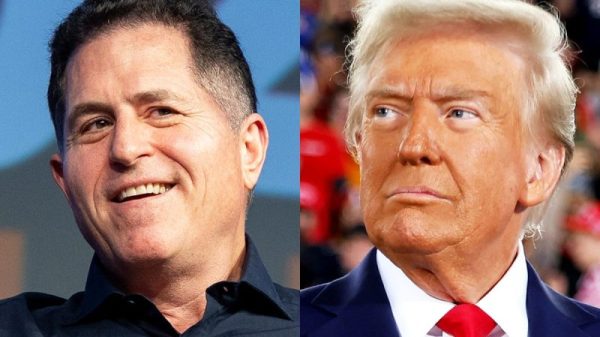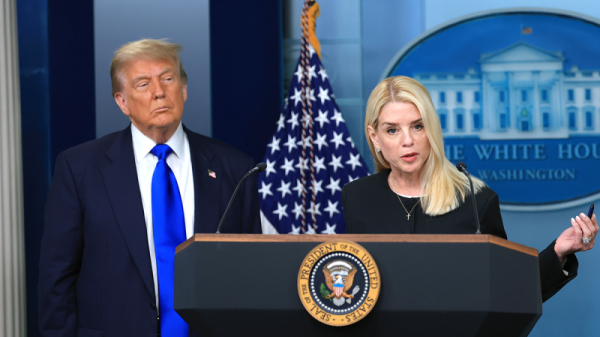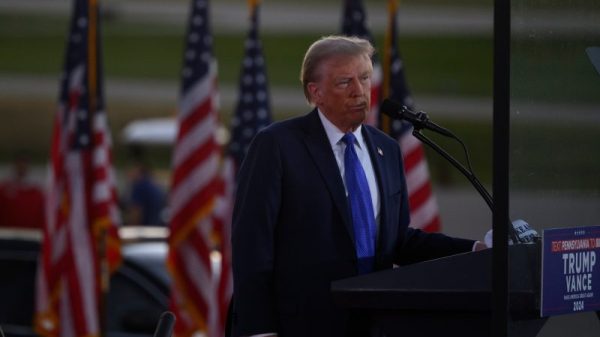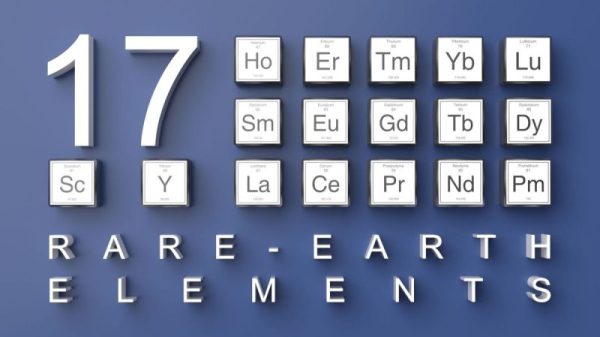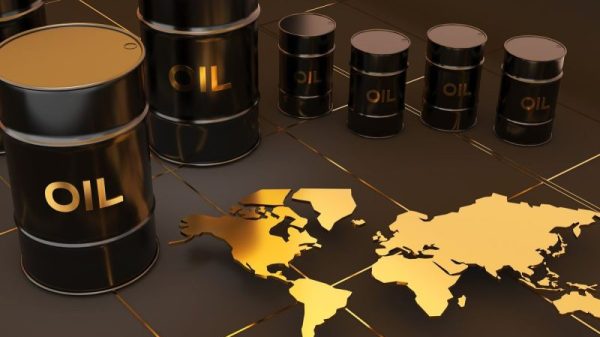A chaotic global economic environment pushed gold to the forefront during the first quarter of 2025.
The yellow metal set multiple new all-time highs during the period, and the World Gold Council’s (WGC) latest report on gold demand shows its average Q1 price came in at US$2,860 per ounce.
This action came as investors sought safe-haven assets on the back of widespread uncertainty.
‘We’ve seen record-setting prices, and we’ve seen a pace that we’ve never seen before in terms of reaching those record-setting levels,’ he commented. ‘We’ve topped US$3,500. This is all not a big surprise when you step back and think about what we’ve been signaling and talking to about risk — risk and uncertainty.’
Best Q1 for gold demand since 2016
Digging into Q1 gold demand, the WGC highlights a 1 percent year-on-year increase to 1,206 MT, the highest for a first quarter since 2016. In value terms, the amount was close to the previous quarter’s record of US$111 billion.
Total investment demand more than doubled, rising 170 percent year-on-year to come in at 551.9 metric tons (MT). That’s up from the 204.4 MT seen in the first quarter of 2024.
Q1 investment demand also nearly matched levels seen during the quarter that Russia invaded Ukraine.
The main driver was an influx of investors into exchange-traded funds (ETF), which recorded inflows of 226.5 MT in Q1, a stunning reversal from the 113 MT of outflows in the year-ago period.
The WGC notes that investment flows started to pick up in January as the US began to discuss tariffs, but solidified later in the quarter as American policy became more erratic and recession fears began to pick up.
Explaining the source of ETF flows, Cavatoni noted that in 2024, China, India and Japan saw record demand — an interesting trend given that they tend to favor physical gold investment. That trend continued in Q1.
Cavatoni also suggested that western investors are beginning to return in a big way.
“North American ETF flows are exceptionally strong, 134 MT during the first quarter, and really just putting the money to work and understanding the risk and the risk offset that you get by adding gold to your portfolio,” he said.
According to an April 6 WGC report on ETFs, Q1 flows in dollar terms reached US$21 billion, marking the second highest number ever recorded, just behind Q2 2020, which saw 433 MT worth US$24 billion.
Central bank buying experienced a slowdown in Q1, but remained within the range established over the past three years. In total, 244 MT were added to reserves, with Poland, China, Kazakhstan and the Czech Republic leading.
The continued buying comes as central banks diversify their monetary assets and move away from US treasuries amid a heightening trade war. The WGC expects purchases to continue unless there is a substantial shift in geopolitical tensions.
Regarding physical gold, bar and coin demand grew 3 percent year-on-year to 325.4 MT. Tech sector demand remained flat at 80.5 MT, but Cavatoni explained that this isn’t a negative development.
“What’s exceptional about what we’re seeing is a flat level of consumption,’ he said. ‘Always understand that historically gold may have been at the forefront of a technological advance, or development of a certain aspect of technology, but when a technological community could find a substitute for it, it would be substituted out,” he said.
Tariffs may also affect gold usage in the tech sector, which could limit its applications.
Not everything was rosy, as gold jewelry demand experienced a 19 percent year-on-year decline to 434 MT as consumers shied away from luxury goods amid a challenging economic environment.
Gold mine supply reaches Q1 record
Year-on-year, the quarter saw a 1 percent increase in gold supply, which rose to 1,206 MT.
The gains were marked by a 1 percent increase in mine supply, which rose to 855.7 MT during the quarter compared to 853.4 MT in Q1 2024. This increase set a Q1 record, surpassing the 855 MT produced in 2016.
The most notable output rise came from Chile, with a 45 percent increase, largely due to Gold Fields’ (NYSE:GFI,JSE:GFI) Solares Norte mine returning to full production after weather had hindered operations in 2024. Output in Ghana and Canada rose by 11 percent and 4 percent, respectively, as new and expanded operations began to ramp up.
Cavatoni believes the high gold price will support mine supply as producers work to boost output.
‘I think that the mining industry is going to continue to produce. It’s going to continue to have the ability to get the benefits that come from a higher gold price, even in a world where we’re still in a world of sticky inflation.’
Despite gold’s higher price, which typically encourages an increase in gold recycling, the WCG was surprised by a 1 percent decrease from Q1 2024 to 345.3 MT. Cavatoni suggested the market could be somewhat deceptive, and investors should wait to see if the higher prices stimulate greater recycling during the second quarter.
Gold demand outlook for 2025
Looking forward, the WGC expects gold investment demand to build steam amid near-term stagflation and medium-term recession risks, in addition to factors like geopolitical tensions and higher US deficits.
Bar and coin demand is seen staying resilient, while central bank buying is expected to stay within the currently established range. Tech sector demand will remain at ‘healthy’ levels, while jewelry demand will be dampened.
In terms of the gold price, Cavatoni noted that its path up may not be entirely smooth.
“We might see large flows in, some profit taking as we see the market and the price move in conjunction with how western investors are assessing risk assets. So it won’t necessarily be a smooth and steady upward trend always for the rest of the year,” he said, encouraging investors to watch what plays out for clues on sentiment.
Securities Disclosure: I, Dean Belder, hold no direct investment interest in any company mentioned in this article.

